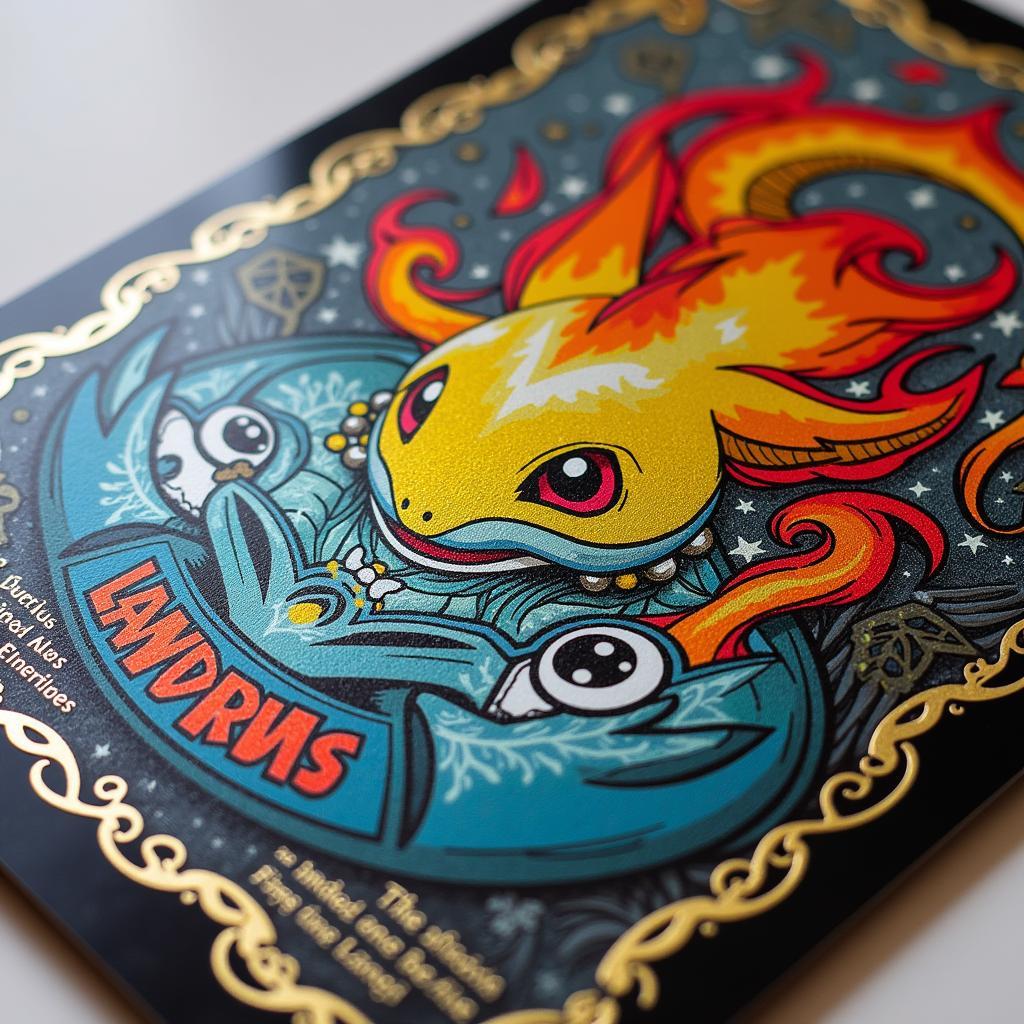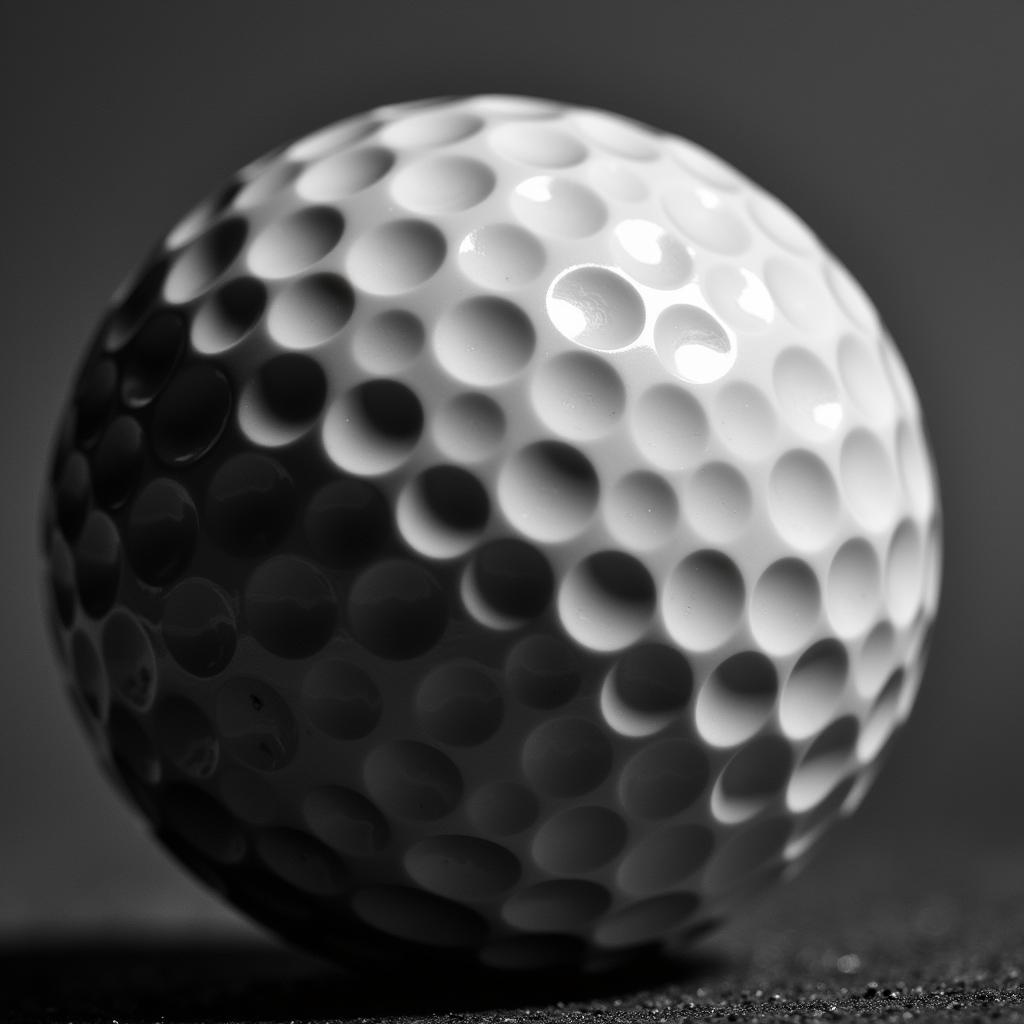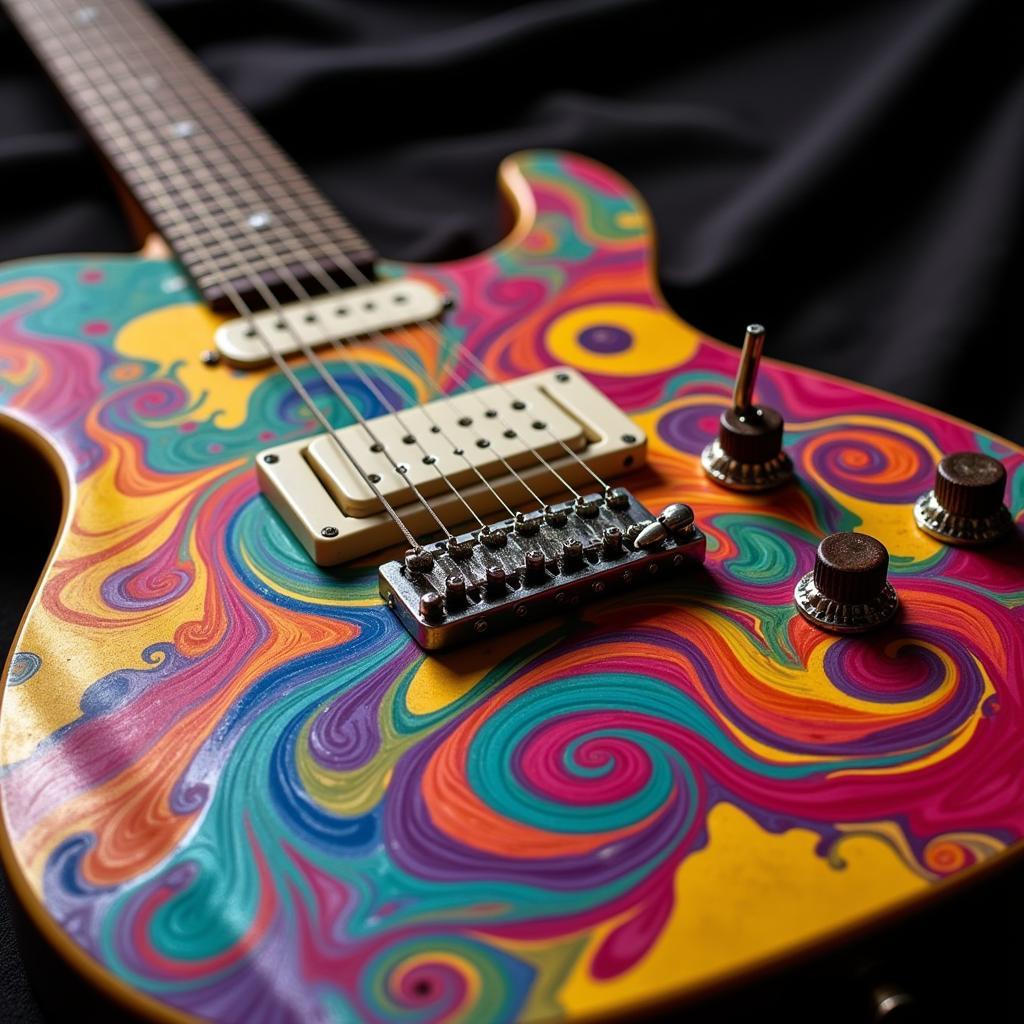Rust in Art: A Fusion of Decay and Beauty
Rust, a natural phenomenon often associated with decay and deterioration, has emerged as a captivating medium in the art world. This unexpected juxtaposition of destruction and aesthetics allows artists to explore themes of time, transformation, and the cyclical nature of life itself.
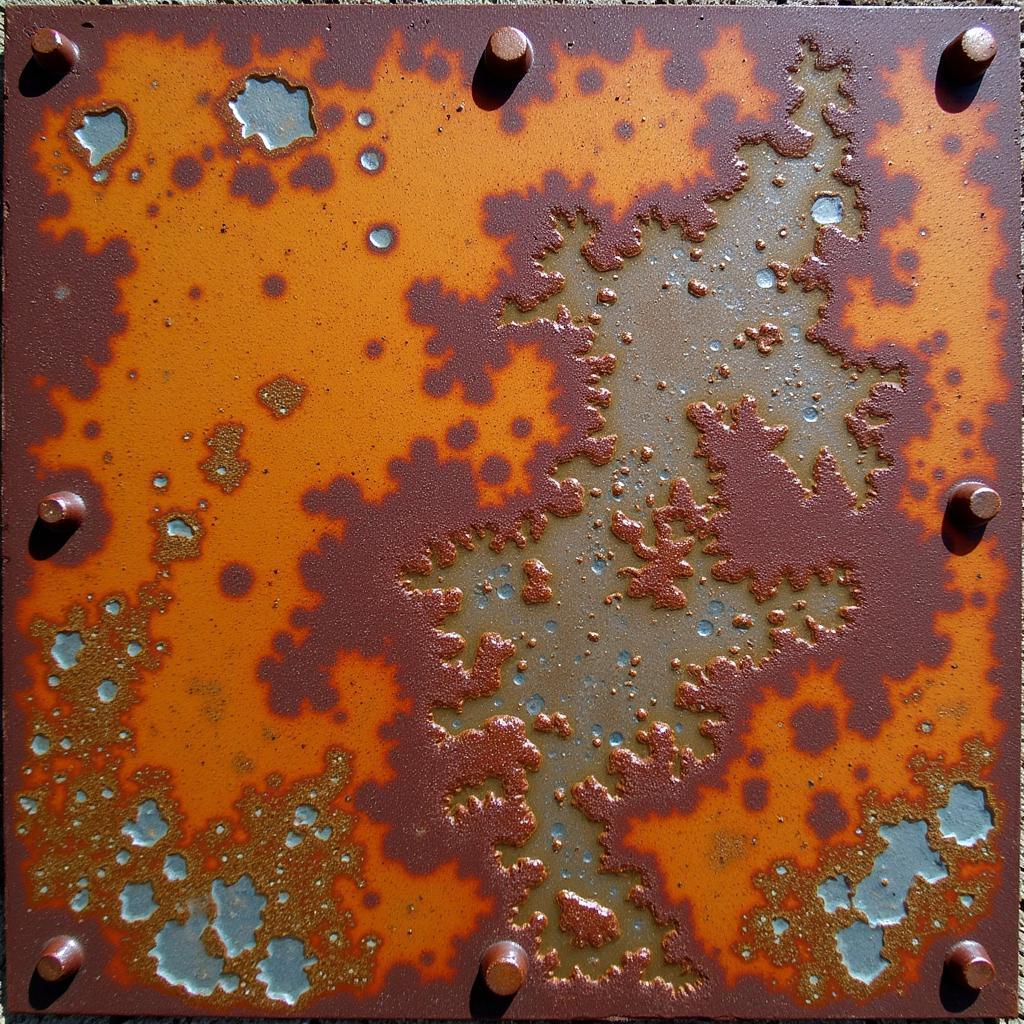 Abstract Art Using Rust on Metal
Abstract Art Using Rust on Metal
The Unpredictable Beauty of Oxidation
Rust, scientifically known as iron oxide, forms when iron or an alloy containing iron is exposed to oxygen and moisture. This chemical reaction results in a gradual breakdown of the metal’s surface, producing a layer of reddish-brown oxide. While typically viewed as a sign of neglect, artists have embraced rust’s unpredictable nature, harnessing its transformative power to create unique and evocative works.
One of the most fascinating aspects of Rust In Art is its inherent unpredictability. The patterns, textures, and colors that emerge are influenced by various factors like humidity, temperature, and the composition of the metal itself. This element of chance injects a sense of spontaneity and organic beauty into the artwork, making each piece utterly unique.
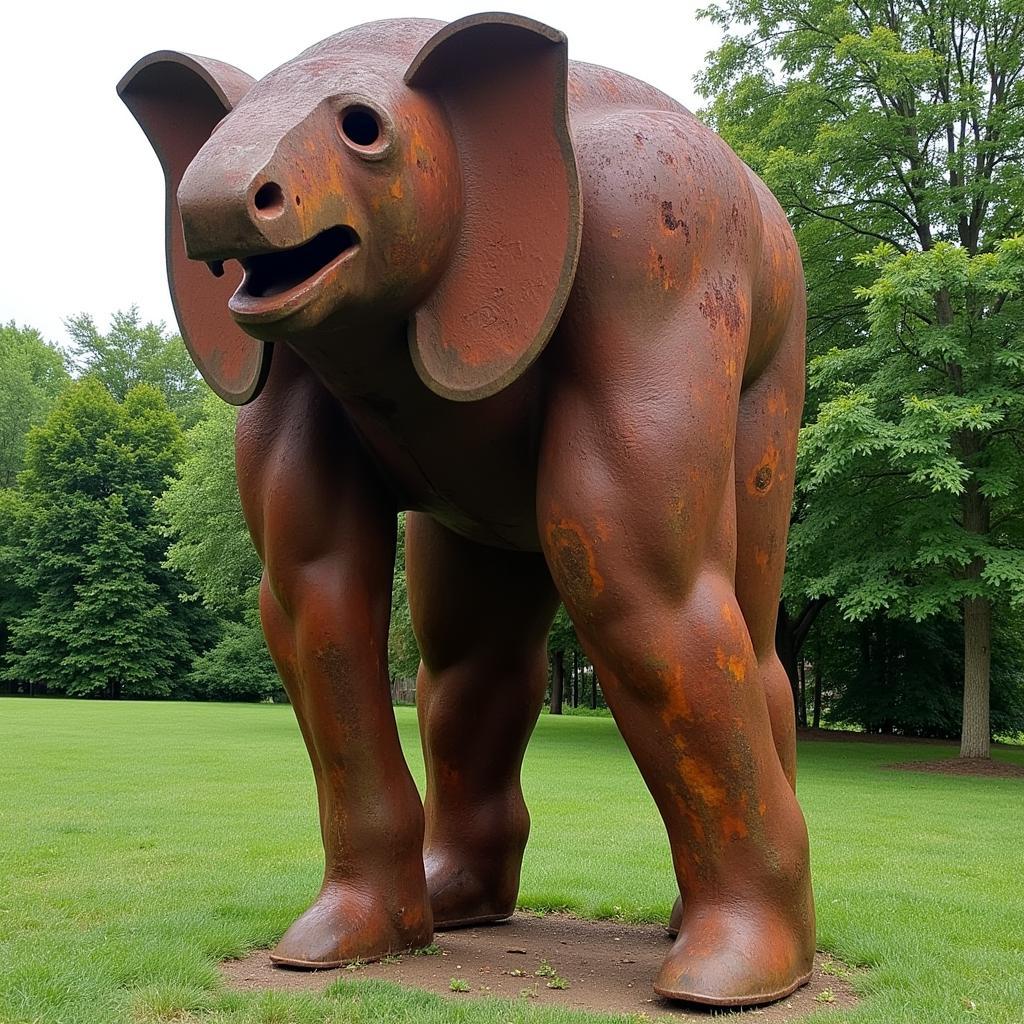 Large-Scale Rusted Metal Sculpture
Large-Scale Rusted Metal Sculpture
Techniques and Applications
Artists employ a range of techniques to incorporate rust into their creations. Some utilize it as a paint, creating washes and pigments by mixing powdered rust with binding agents. Others allow the oxidation process to unfold directly on their chosen medium, whether it’s canvas, metal sheets, or sculptures.
For instance, some artists utilize a technique called “rust dyeing” where fabrics are treated with iron solutions and then exposed to natural elements, allowing the rust to imprint its distinct markings onto the material. This method creates stunning, one-of-a-kind patterns resembling tie-dye or batik, further blurring the lines between art and nature.
Rust as a Metaphor: Beyond the Visual Appeal
Beyond its visual appeal, rust holds profound symbolic significance in art. It serves as a poignant reminder of time’s relentless march and the inevitable process of decay that affects all living and non-living things. Yet, within this decay lies a sense of raw, untamed beauty.
“Rust, to me, speaks volumes about the resilience of nature,” says renowned sculptor Anya Volkov, known for her large-scale installations incorporating rusted metal. “Even as something breaks down, it transforms, revealing new layers of complexity and beauty that were hidden before.”
Rust in Different Art Forms
The versatility of rust as an artistic medium is evident in its presence across various art forms.
Paintings:
From abstract expressionism to hyperrealism, artists have integrated rust into their paintings, adding texture, depth, and a sense of history to their canvases.
Sculptures:
Rust’s ability to transform the appearance of metal has made it a favored material for sculptors. It adds a sense of age, weathering, and organic texture to their creations, seamlessly blending them into natural environments.
Jewelry:
Contemporary jewelers have embraced the unique aesthetic of rust, incorporating it into rings, necklaces, and earrings. The contrast between the rugged texture of rust and delicate designs creates a captivating juxtaposition.
Conclusion
Rust, far from being a mere symbol of decay, has become a powerful and evocative medium in the hands of artists. Its unpredictable nature, combined with its rich symbolic connotations, allows for the creation of artwork that is both visually stunning and thought-provoking. By embracing the beauty of imperfection and the cyclical nature of life, rust art challenges our perceptions and encourages us to find artistry in the most unexpected places.
FAQs
1. Is rust art durable?
The durability of rust art depends on several factors, including the techniques used, the type of metal, and the protective measures taken. Properly sealed and maintained rust art can last for many years.
2. Can I create rust art at home?
Yes, there are various methods to create rust art at home, from using household items like vinegar and salt to experimenting with specialized rust activators.
3. Where can I find rust art?
You can find rust art in galleries, art fairs, online marketplaces, and even antique shops. Many artists specializing in this medium also sell their work directly through their websites or studios.
4. What are some other materials often used with rust in art?
Artists often combine rust with other materials like wood, concrete, glass, and resin to create interesting contrasts in texture and color.
5. What is the significance of rust in contemporary art?
Rust in contemporary art often reflects themes of time, decay, industrialization, and the relationship between humans and the natural world.
For any inquiries or assistance, please contact us at Phone Number: 02462573573, Email: danteum@gmail.com. You can also visit us at Savico Megamall, 7-9 Đ. Nguyễn Văn Linh, Gia Thụy, Long Biên, Hà Nội 10000, Việt Nam. Our customer support team is available 24/7 to assist you.
